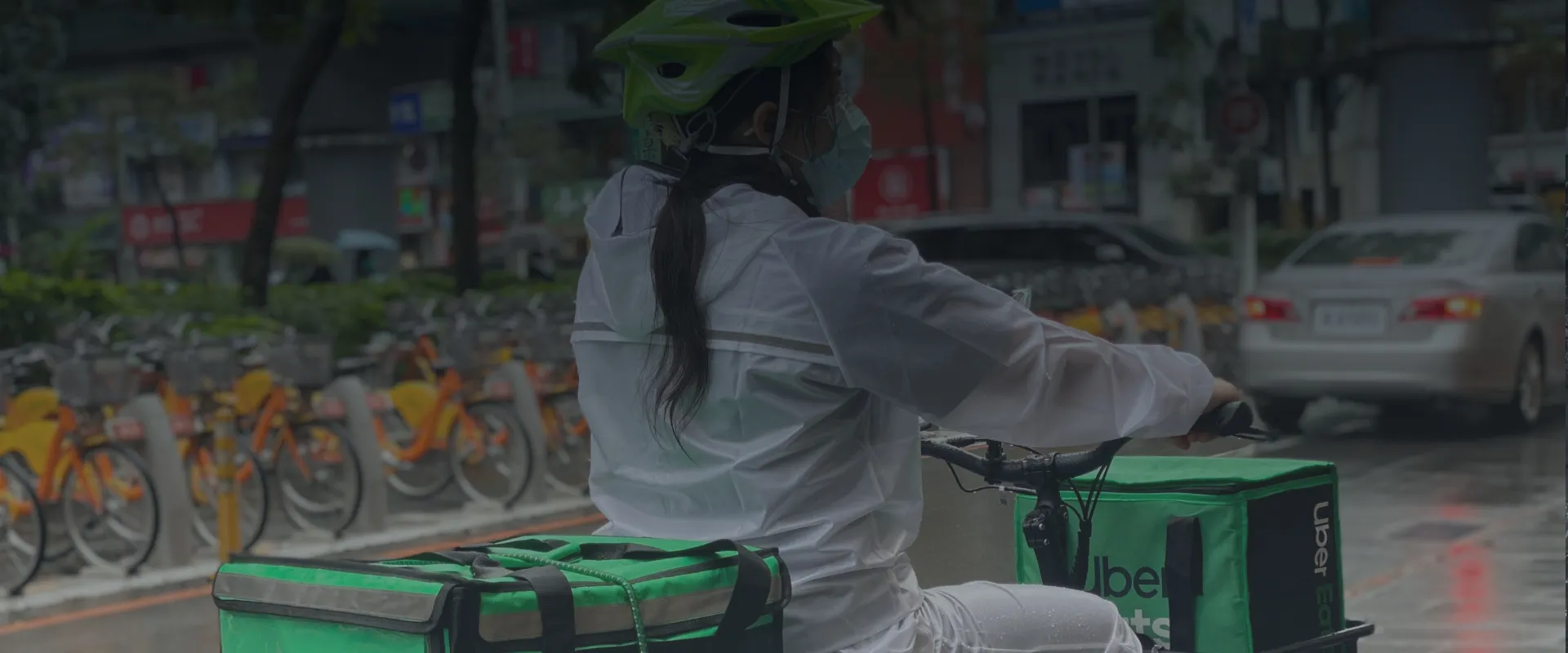
AI-Powered Last Mile Delivery
Platform for Urban Logistics
Smarter dispatching through AI-driven route optimization and real-time learning
We developed a full-featured last-mile delivery platform for a European
logistics company specializing in bicycle-based deliveries. The system serves
major brands like McDonald’s, Burger King, and local postal providers,
supporting thousands of daily deliveries across several cities. Our solution
combines complex B2B integrations, dynamic constraint-based dispatching, and a
self-learning AI engine to optimize routes with minimal human intervention.
Download PDFBusiness Challenge
The client’s vision was to bring structured, AI-supported mental health care to communities that typically lack psychiatric infrastructure.
To scale bike-based delivery in dense European cities, the client needed to grow operations without overwhelming dispatch managers.
Deliveries ranged from fast food (e.g., McDonald’s, Burger King) to refrigerated medical packages — each with strict handling requirements.
Manual route planning could only optimize ~20% of deliveries
Dispatchers struggled to manage:
- Diverse delivery conditions
- Varying courier capabilities
- Tight service windows
Technical Challenge
Route planning had to consider not only geographic distribution but also:
This complexity outpaced basic algorithms, requiring a smarter system that could learn from real operations and continuously adapt.
Model definitions
| Model Name | Architecture | Provider | Purpose | Input | Output | Usage Context |
|---|---|---|---|---|---|---|
RouteAccept-LGBM | LightGBM (Gradient Boosting Decision Trees) | Azure ML | Predicts whether a route will be accepted, the reason for correction, and potential SLA risk | Structured delivery route features (~60 per route) | Classification label + score + ETA deviation estimate | Core dispatch logic, live route filtering |
RouteScore-RNN | GRU-based recurrent neural network | Custom | Evaluates sequential logic and terrain consistency across the delivery path | Ordered stop list with metadata (20–30 steps) | Scoring value + flag for anomalies or fatigue risk | Supplementary scoring layer for complex routes |
FeedbackParse-BERT | Transformer (BERT-style) | Azure ML / Hugging Face | Extracts structured issues from unstructured text comments | Text comments (~512 tokens) from clients, couriers, or dispatchers | Classified labels (e.g. “access problem”, “equipment missing”) | Post-delivery feedback analysis, route quality loop |
ExplainRoute-GPT | GPT-4 (Generative Transformer) | Azure OpenAI | Generates a natural-language explanation of how and why a route was constructed | Route metadata, constraints, vehicle & item context | Full sentence-level summary of routing logic | Dispatch UI assistant, AI transparency layer |
Runtime characteristics
| Model Name | Avg Inference Time | Retraining Frequency | Context Volume | Explainability | Real-Time Compatible |
|---|---|---|---|---|---|
RouteAccept-LGBM | ~300 ms | Weekly | Fixed vector (~60 features) | Feature importance | Yes |
RouteScore-RNN | ~400 ms | Monthly | Up to 30 delivery steps | Internal only | Yes |
FeedbackParse-BERT | ~800 ms | Monthly | ~512 tokens | Label classification | Partially (batch preferred) |
ExplainRoute-GPT | ~1–1.2 sec | No retraining (prompt-based) | ~2,000 tokens | Full natural-language output | UI use only (not for routing logic) |
Tech Stack

Azure Machine Learning

React
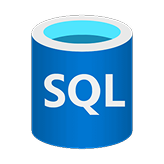
Azure SQL Server

Google Maps API

.NET

Angular
AI Optimization Logic
The AI engine was built as a self-improving assistant for dispatch managers — capable of learning from real-world corrections and continuously improving route quality. The goal was not just to automate routing, but to embed decision-making patterns observed in experienced dispatchers.
Structured Input & Feature Extraction
Each proposed route was transformed into a structured format, breaking down the sequence of delivery points with all relevant constraints.

Time sensitivity (e.g. ASAP, fixed slot)

Item-specific rules (e.g. medication must be delivered first)

Terrain and elevation complexity

Vehicle capacity vs. load requirements

Risk of courier fatigue based on route shape

Compatibility between item and vehicle type (e.g. refrigeration needs)
These features were then aggregated to form a high-quality input set used for training machine learning models.
Learning from Human Corrections
We analyzed how dispatchers manually edited routes (reordering deliveries, reassigning couriers, removing overloads) and identified recurring correction patterns.
Examples included:
- Medical deliveries placed too late in the sequence
- Too many consecutive uphill stops for non-electric bikes
- Mismatch between parcel size and courier equipment
- Overlapping time slots leading to potential SLA violations …etc.
This historical decision data allowed us to assign meaning to rejections and create labeled training sets that reflected both acceptance outcomes and the reason behind each correction.
LightGBM was chosen for its speed, accuracy, and explainability — enabling clear reasoning behind AI decisions.
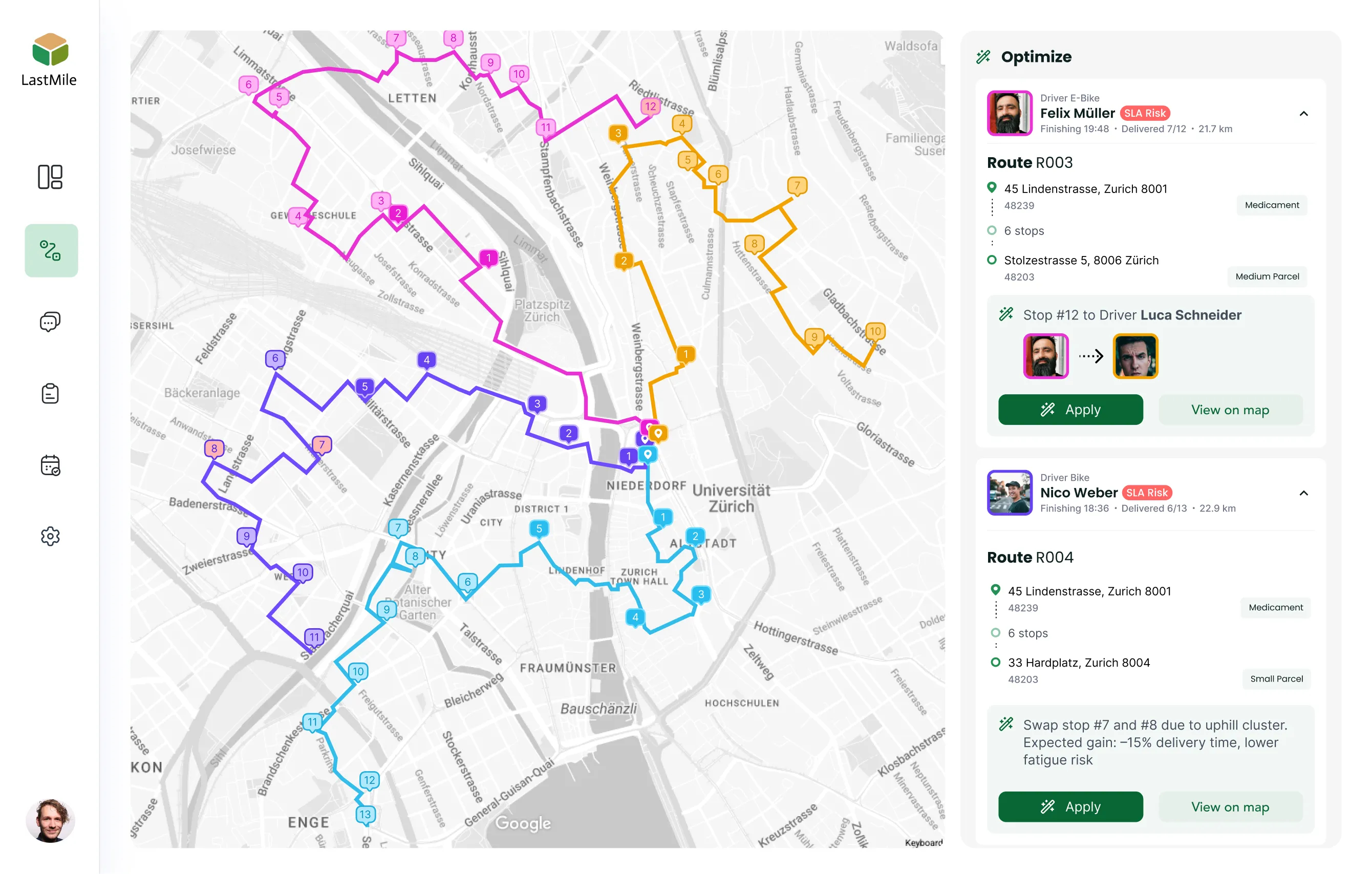
Model Training & Adaptation
To train our AI models, we used Azure Machine Learning Pipelines — which allowed us to automate the entire flow from raw data extraction to weekly retraining and model evaluation.
We selected LightGBM (Light Gradient Boosting Machine) as the core algorithm for all major tasks. LightGBM is a fast, interpretable, and highly efficient model architecture specifically designed for structured data, making it ideal for learning from delivery routes, vehicle metadata, and historical correction patterns.
The models predicted:
- Whether a route would be accepted or edited
- The likely reason for rejection
- Estimated risk of SLA failure
LightGBM’s native support for feature importance also allowed us to visualize the key factors influencing each decision, making AI outputs transparent and easy for dispatchers to trust.
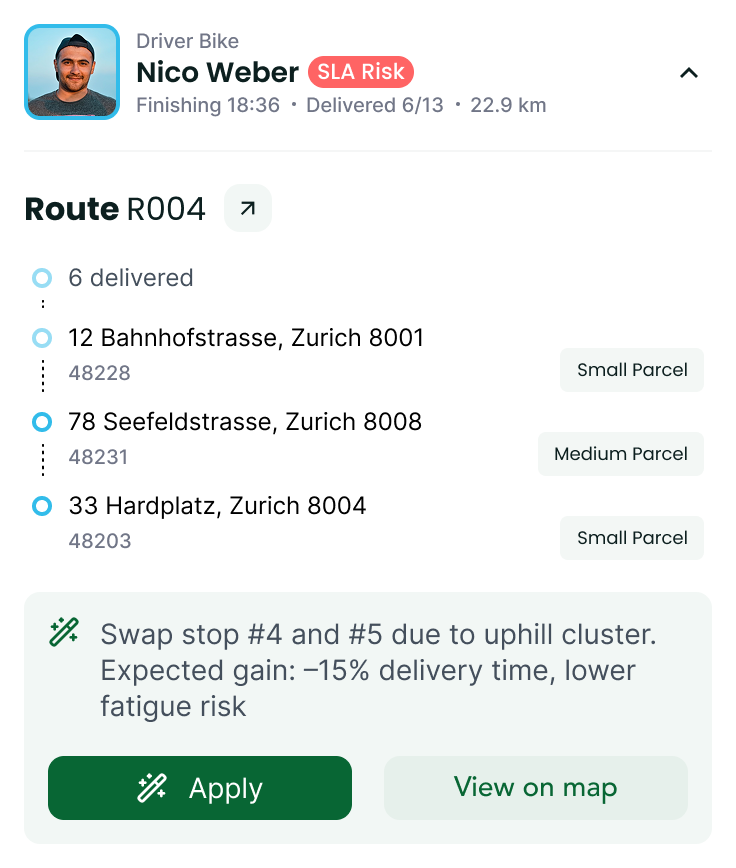
By the second month of use, more than 90% of routes were approved without manual adjustments.
Over time, the assistant became highly reliable — surfacing route suggestions that matched human preferences with minimal need for correction.
Neural Enhancements
To support richer understanding and human-AI collaboration, we added several lightweight neural components:

Route Scoring Assistant,
based on GRU architecture, analyzed routes as delivery sequences to capture hidden inconsistencies missed by flat models.
Our Solution
The product team maintained an active feedback loop with clinicians and operational staff at partner clinics. Product Owners conducted regular interviews with healthcare providers to understand pain points, unmet needs, and opportunities for improvement. Many new features — from UI enhancements to AI output tuning — were directly driven by this ongoing, clinician-informed discovery process.
Self-learning route engine
Powered by Azure Machine Learning, trained on real dispatch data and dynamic delivery constraints.
Terrain-aware route modeling
Built on Google Maps with elevation and traffic data for precise path planning.
Courier-aware assignment logic
Matches orders to bikes, e-bikes, or tricycles based on capacity, terrain, and load type.
Rich delivery metadata
Supports time windows, item fragility, refrigeration needs, and delivery priorities.
Seamless B2B integrations
Connected to food chains, postal providers, and third-party platforms.
Role-based access control
Tailored workflows for dispatchers, riders, support staff, and clients.
Unified backend on Azure SQL Server managing:
Users
Roles
Permissions
Delivery data
Vehicle profiles
Route histories
Log storage
Auditing
Performance analytics
SLA compliance
Real-time status tracking
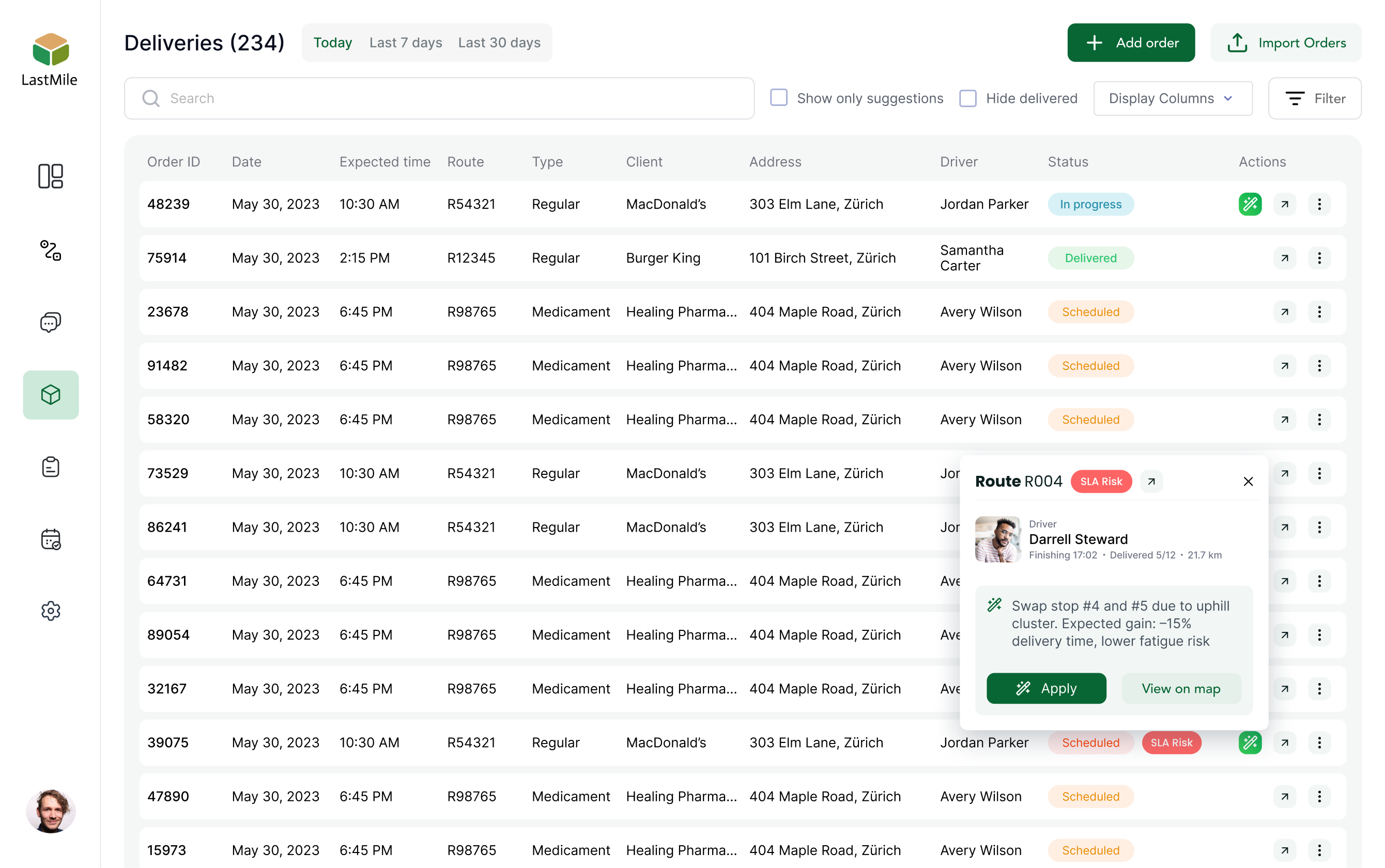
Impact
98% AI route accuracy
after 2 months of learning from human feedback85% reduction
in manual dispatch effort35% drop
in courier fatigue incidents via smarter terrain-aware distribution42% improvement
in SLA compliance across all delivery types12+ cities and 5+ enterprise partners onboarded
through fast and scalable deploymentZero rebuilds required
architecture scaled seamlessly with business growth


Get in touch
To discuss your development needs
Attach files
Send me an NDA
Attach files
or drag & drop files here
Send me a SiliconMint NDA
Send


